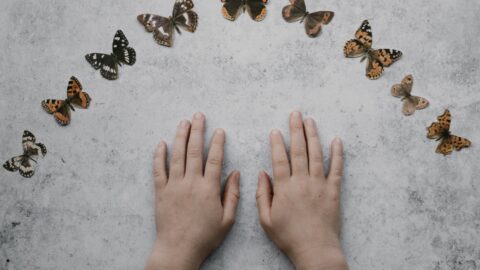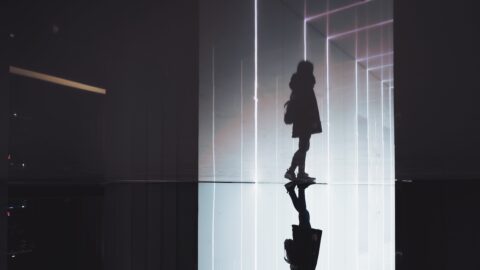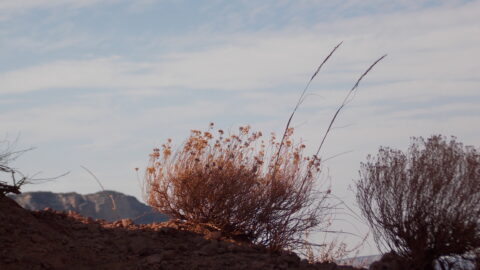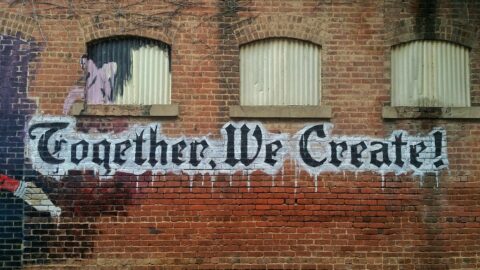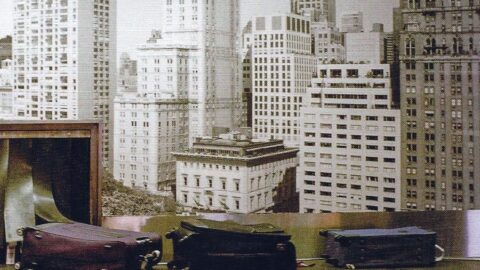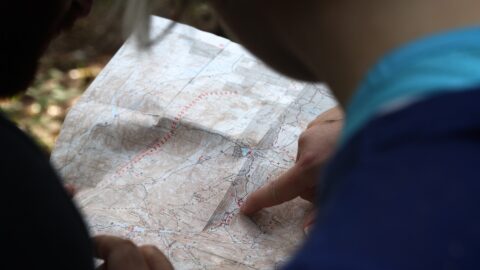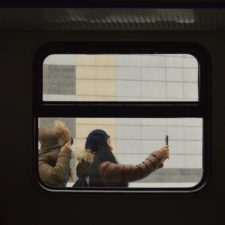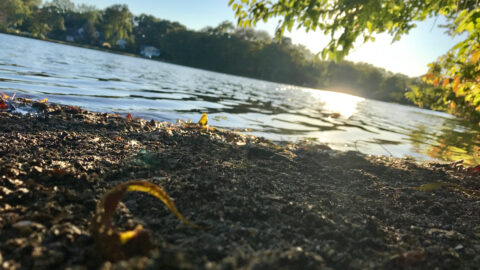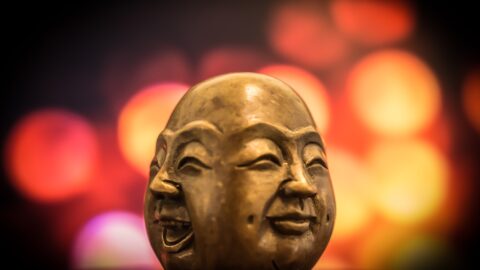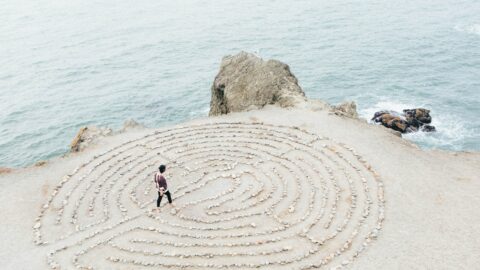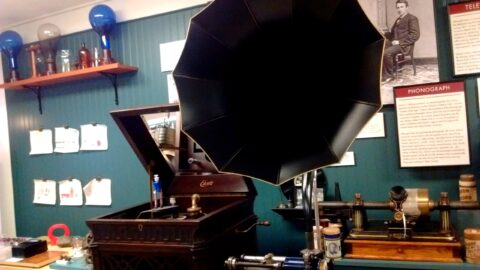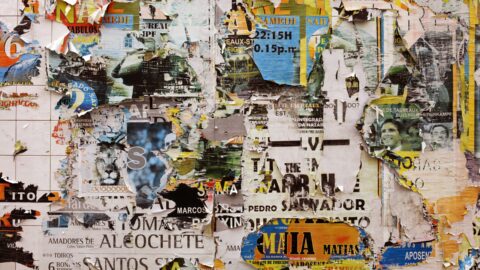I stared at the words in front of me, elegant while they concluded a chapter with devastating news. “No!” I said aloud, though I was in public. The coffee shop buzzed with life but I sat alone, with only a cooling latte to comfort me.
The sad news from the novel hit me all over again. My eyes stung and I let the tears fall. So what if I was surrounded by people—no one was really looking at me, right?
And then I felt a hand on my back. Two women—strangers—approached me and said they recognized the cover of the book and couldn’t help but peek at the chapter I was on. When they saw where I was in the story, they stayed close, knowing I was about to get my heart broken.
I could hardly speak. I tried to laugh but I was still crying: Why am I reading this book at all? What a silly way to spend a vacation!
The strangers comforted me: We read it because it was good. We kept going because it took over our minds and we didn’t want to do anything else. They both recounted stories of crying in restaurants or in plane seats because of this book. They told me I should take a walk, that getting air would help.
I’d never read a novel that created an extemporaneous support group before (though Push by Sapphire comes close). What the heck was happening to me?

